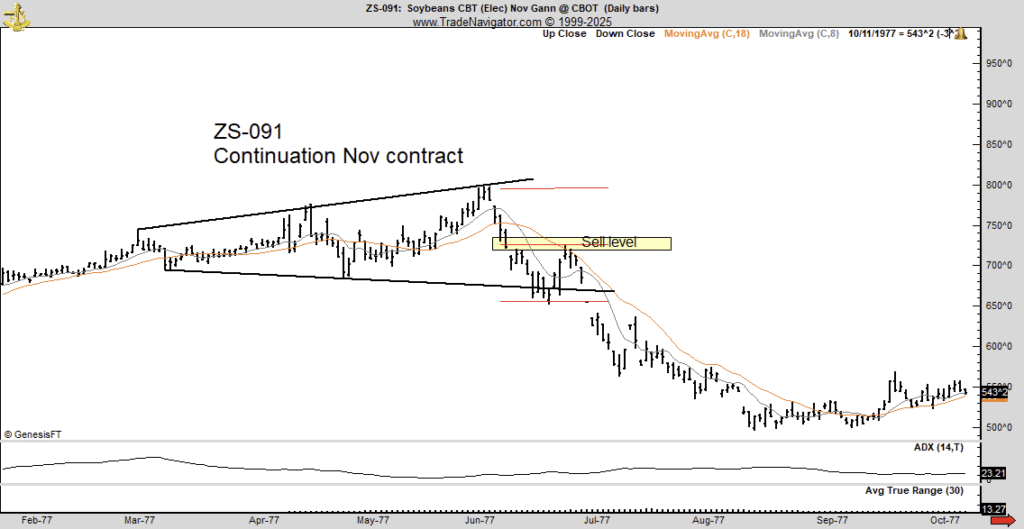Veteran Trader Issues Major Bitcoin Warning Based on 1970s Economic Patterns
In a recent compelling analysis, a veteran trader, who has been in the financial markets since the late 1970s, has issued a stark warning to all Bitcoin and cryptocurrency investors. Citing similarities between the current economic climate and that of the 1970s, the trader suggests that Bitcoin could be on the brink of a significant downturn.
The 1970s were characterized by high inflation, slow economic growth, and extreme market volatility, a scenario often termed as stagflation. This period also witnessed the breakdown of the Bretton Woods system and a substantial shift in commodity prices, including gold. The veteran trader points out that while the contexts are not perfectly analogous, the underlying economic signals today bear an uncomfortable resemblance to those turbulent times.
Key Economic Parallels
One of the primary parallels drawn relates to the inflationary pressures seen in the 1970s and those beginning to manifest currently. During the 1970s, the price of gold skyrocketed due to high inflation and geopolitical uncertainties, much like the soaring valuations of cryptocurrencies in recent years amidst modern fiscal expansions and global instabilities.
Another significant factor is the response of central banks. In the 70s, the U.S. Federal Reserve initially failed to control inflation, which led to a loss of confidence in fiat currencies. The recent expansive monetary policies and significant printing of money have some economic commentators concerned about similar outcomes impacting fiat, potentially escalating interest towards decentralized assets like Bitcoin.
Bitcoin’s Role as ‘Digital Gold’
Bitcoin has often been touted as ‘digital gold,’ implying it could be a hedge against inflation and currency devaluation. However, the trader warns that Bitcoin’s relatively short history and high volatility add layers of risk. Unlike gold in the 70s, Bitcoin operates in a highly interconnected and fast-paced digital investment landscape, which could exacerbate sell-off dynamics in response to certain triggers.
Regulatory Threats
The comparison extends into regulatory actions. The late 70s saw increased financial regulations as governments sought to stabilize markets. Currently, as Bitcoin and other cryptocurrencies gain traction, similar regulatory pressures are mounting, which could pose threats to unrestricted trading and ownership of digital assets.
Technological and Sociopolitical Differences
While there are economic similarities with the 1970s, the trader emphasizes that today’s technological and sociopolitical environments are vastly different. The digital nature of Bitcoin and the broader context of global internet connectivity could either buffer against a 70s-style fallout or make the assets more susceptible to other forms of risk, such as cybersecurity threats or drastic regulatory measures.
Conclusion and Advice
The veteran trader advises both current and potential cryptocurrency investors to remain cautious and vigilant. Key suggestions include diversifying investment portfolios, staying informed about global economic indicators and regulatory changes, and being prepared for potential short-term losses in the face of long-term gains.
This warning does not just resonate with those holding or considering Bitcoin but also serves as a broader reminder of the cyclical nature of markets and the importance of historical economic patterns. Whether this forecast will hold true remains to be seen, but the call for preparedness and prudence in investment strategies is timely and universal.



